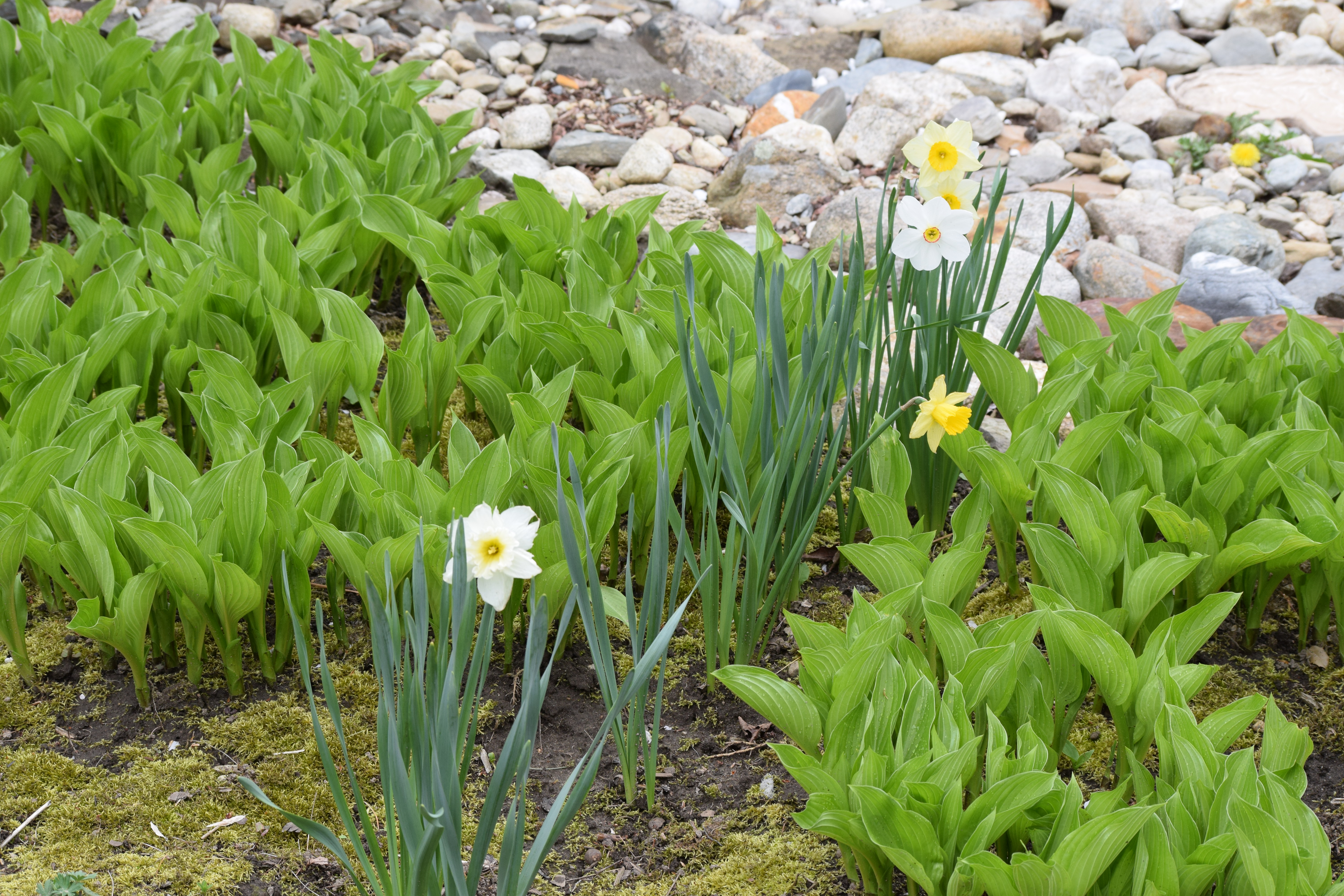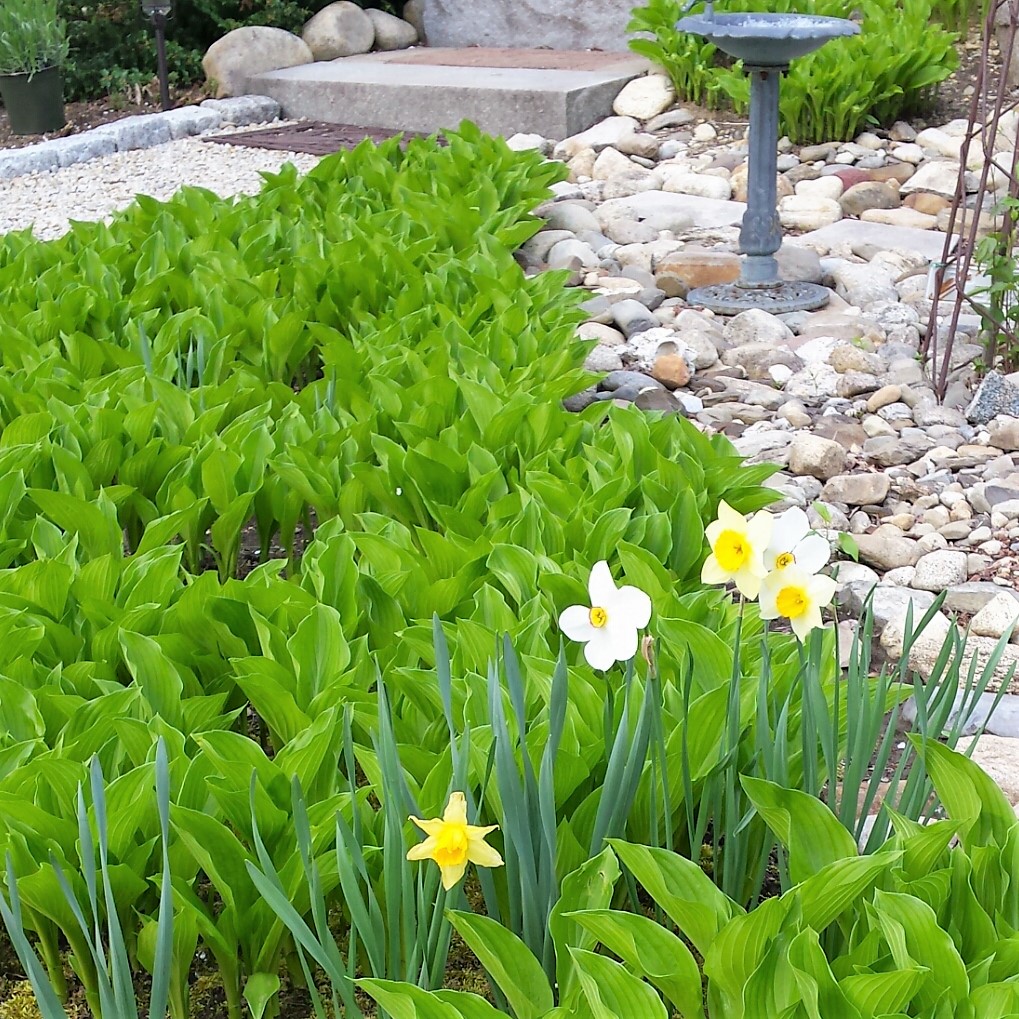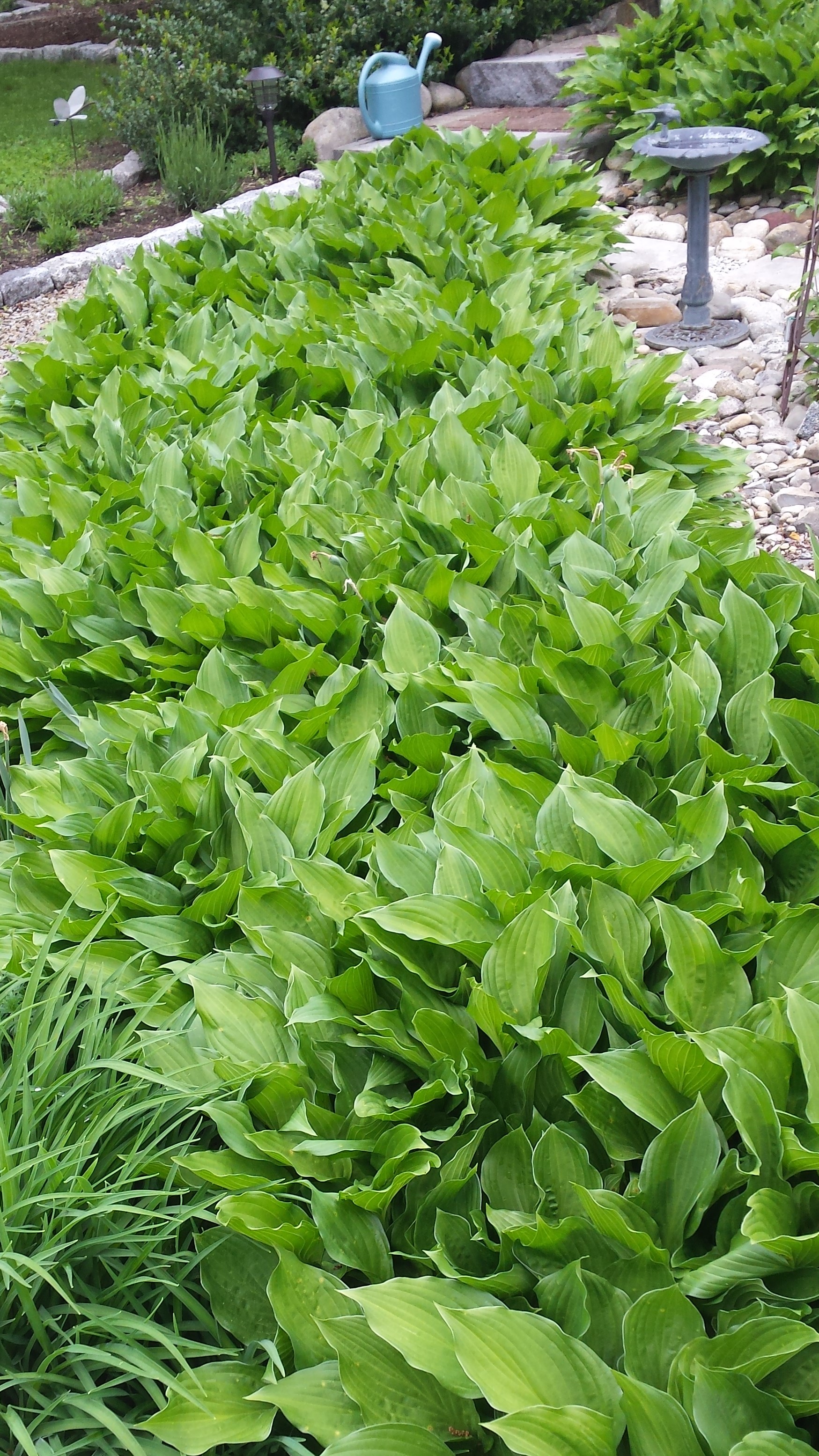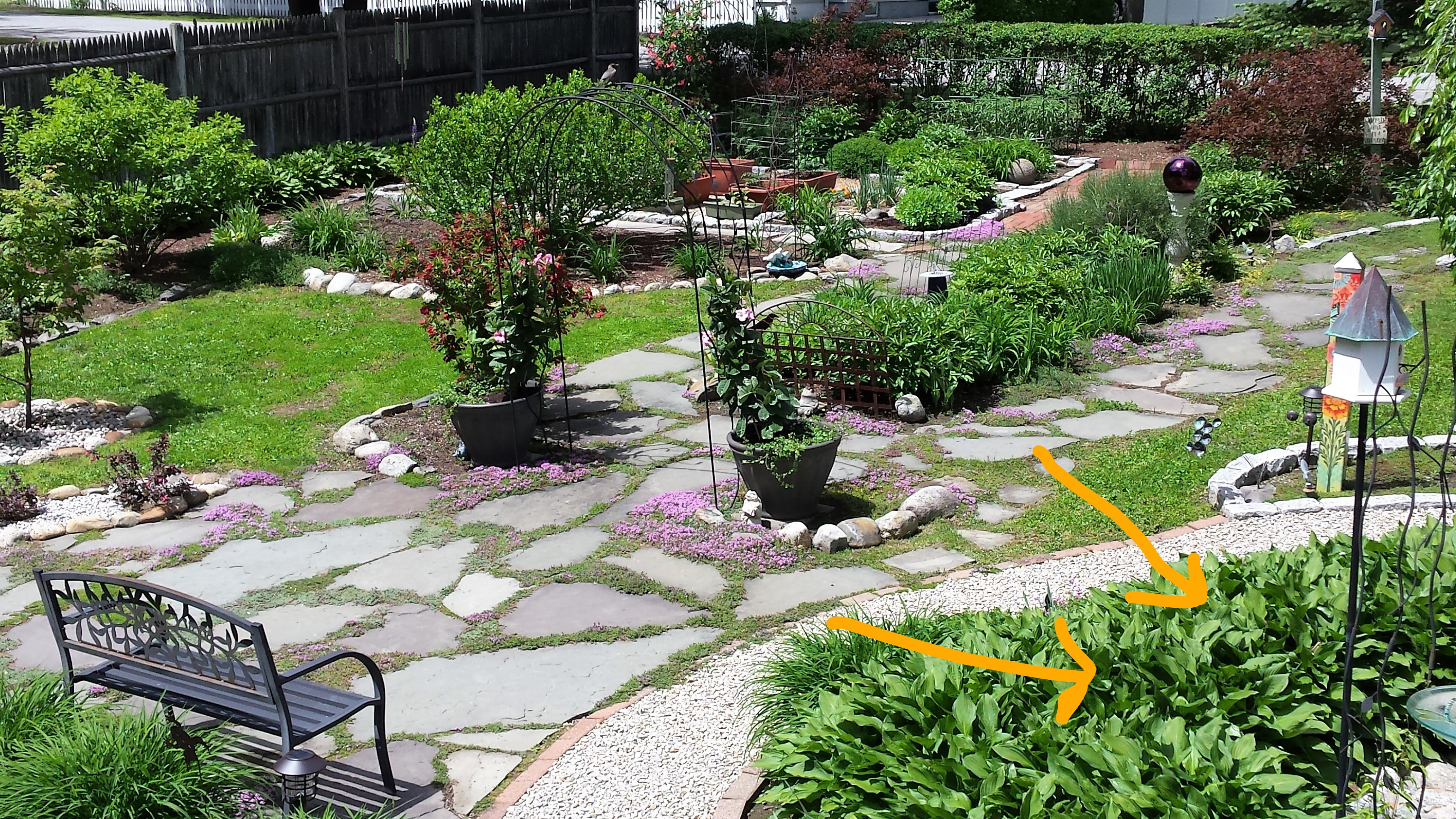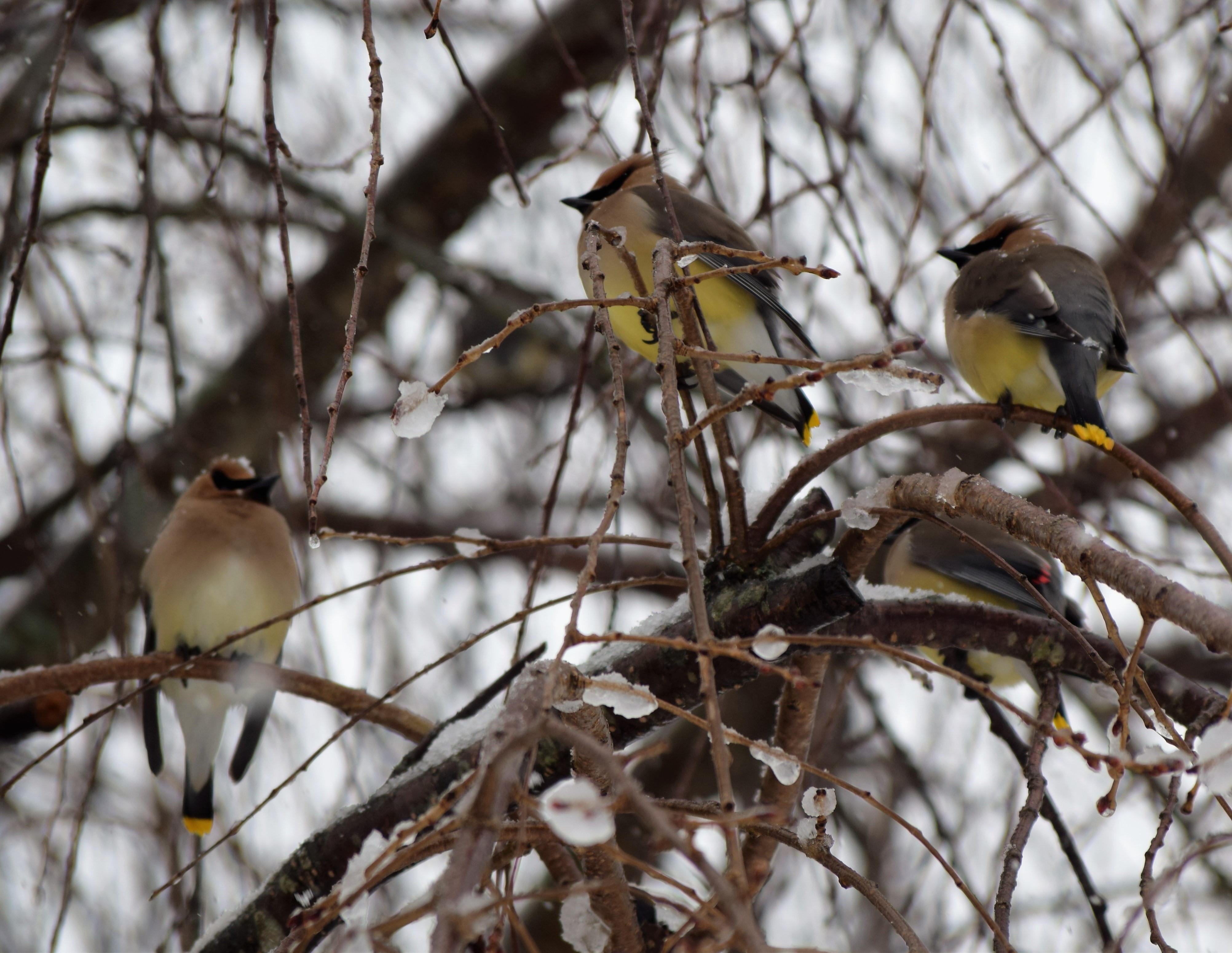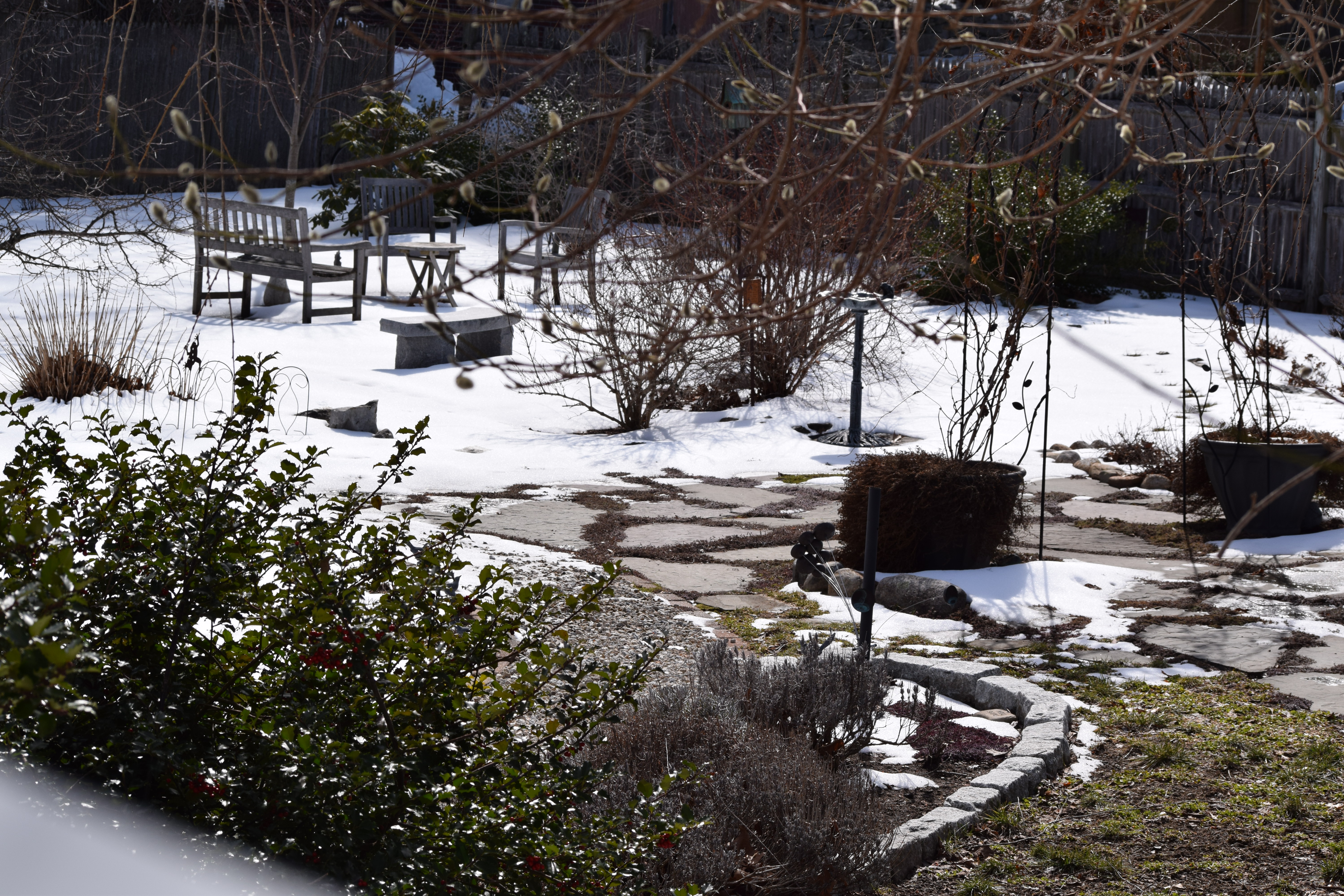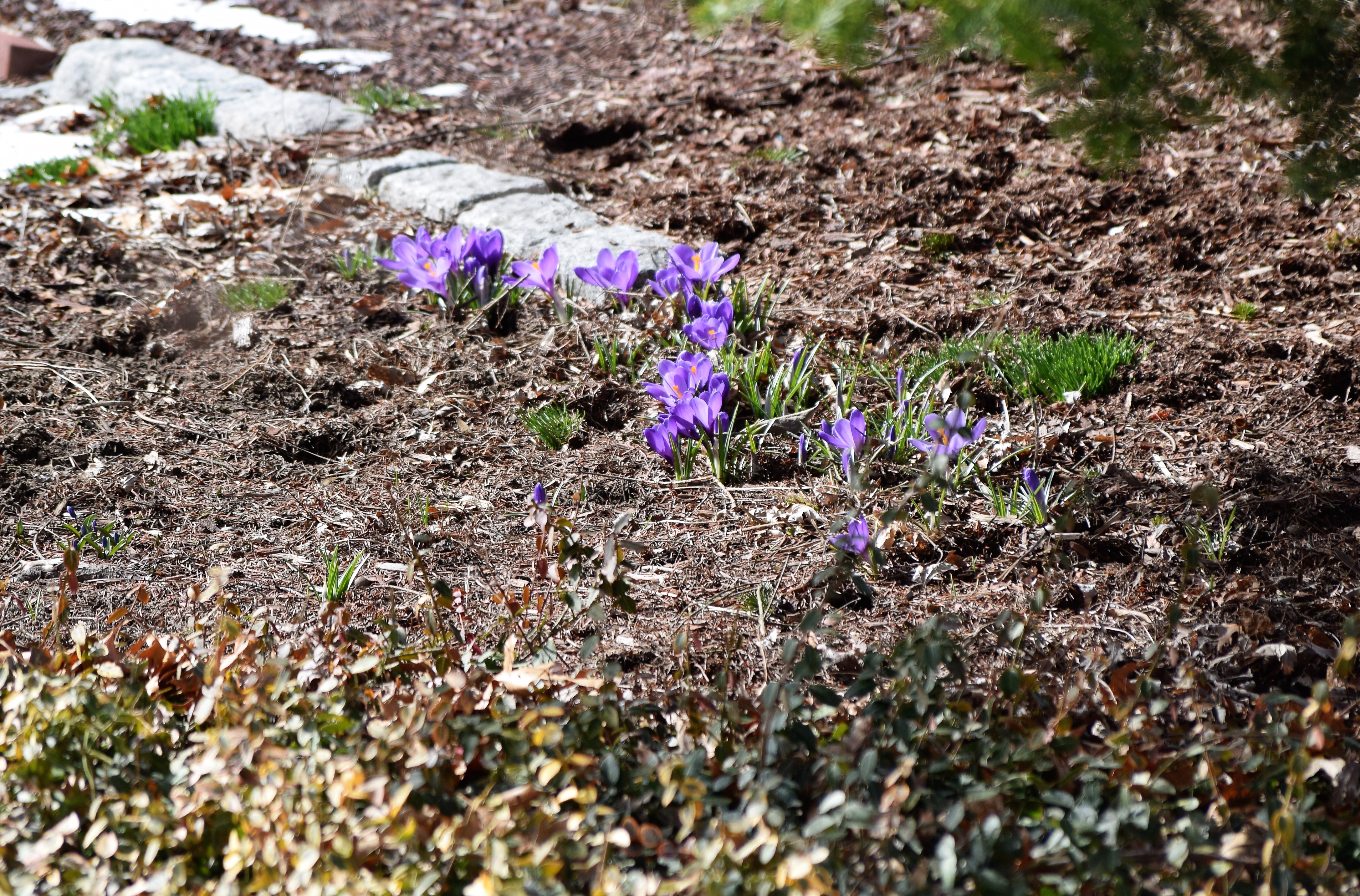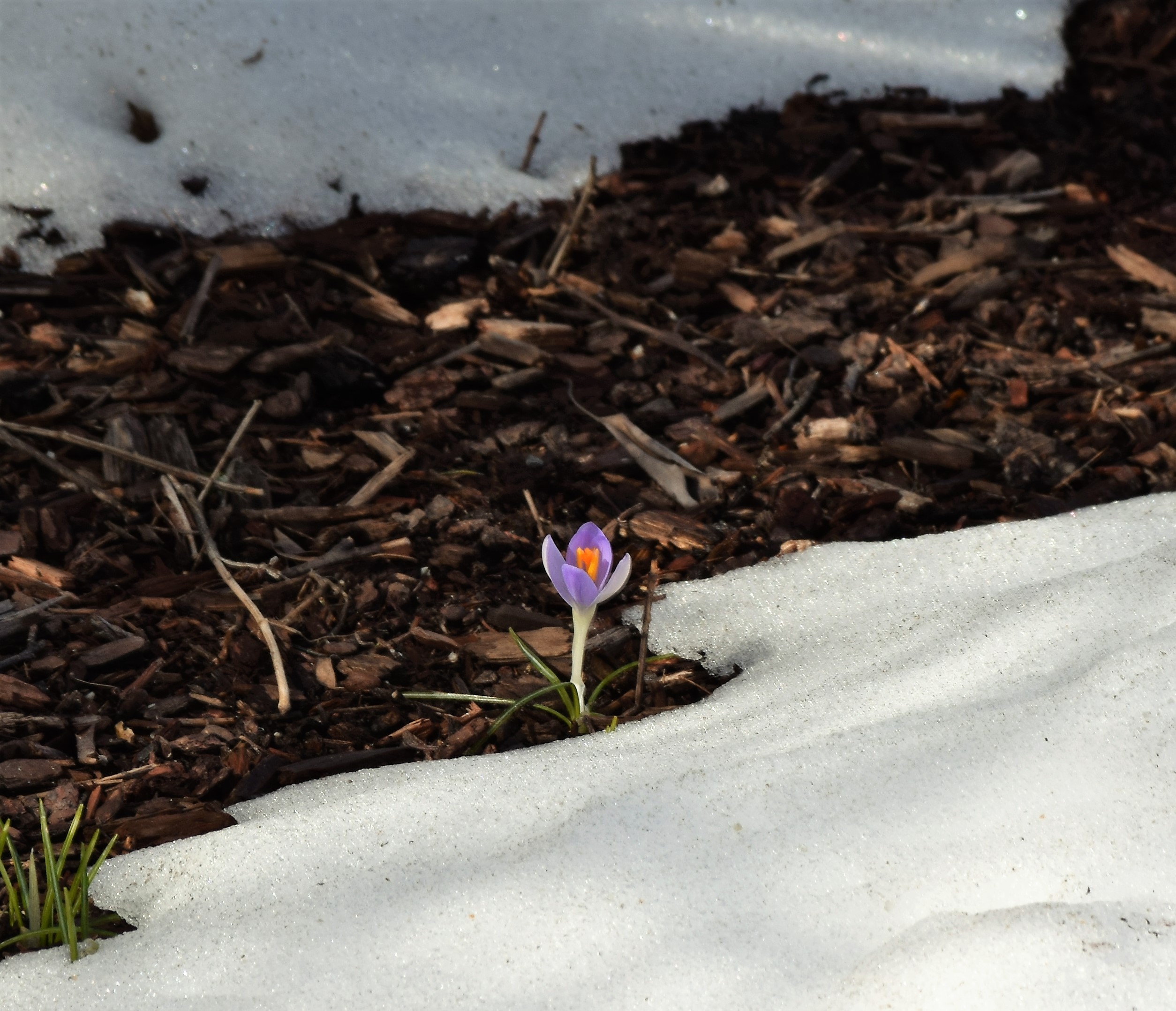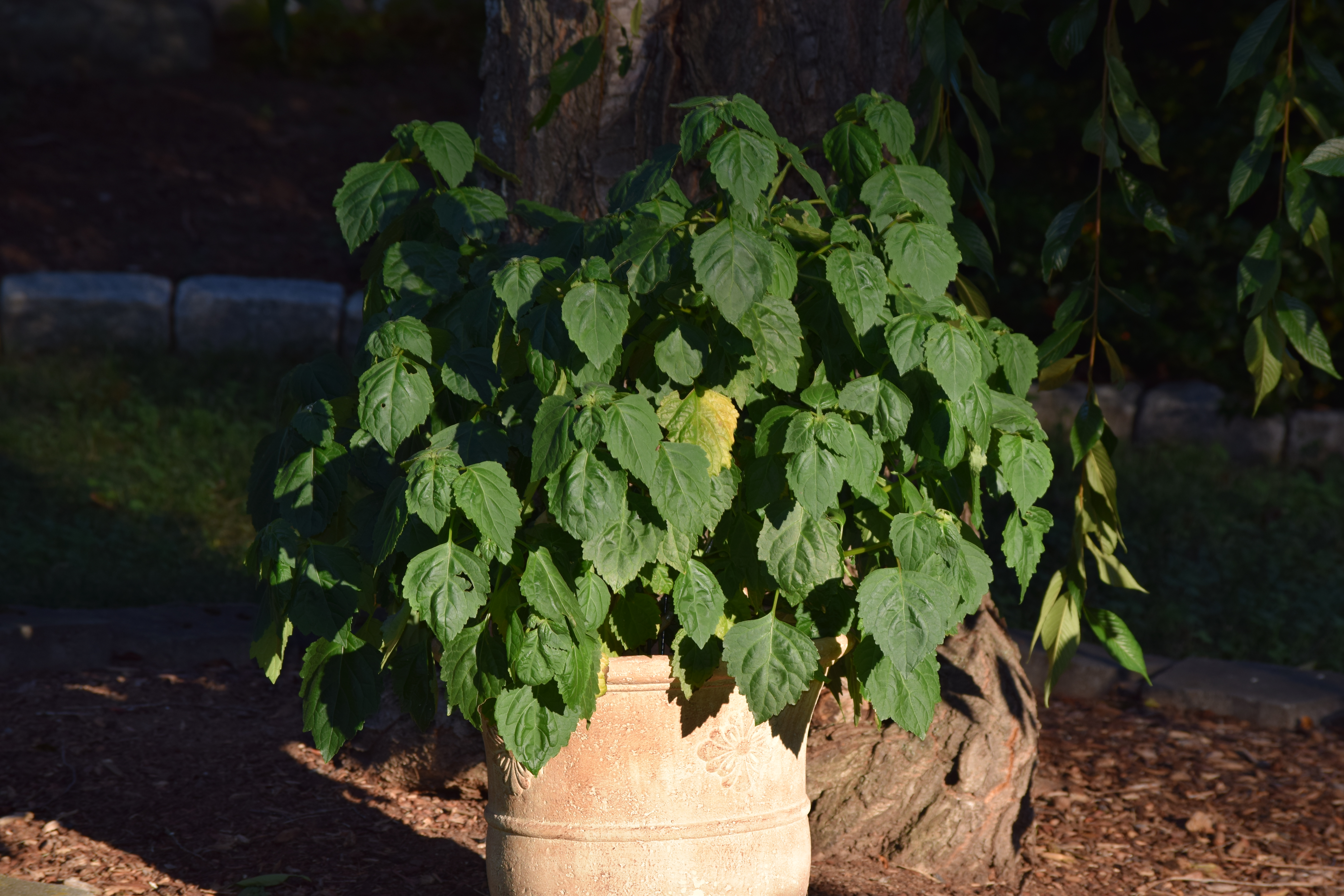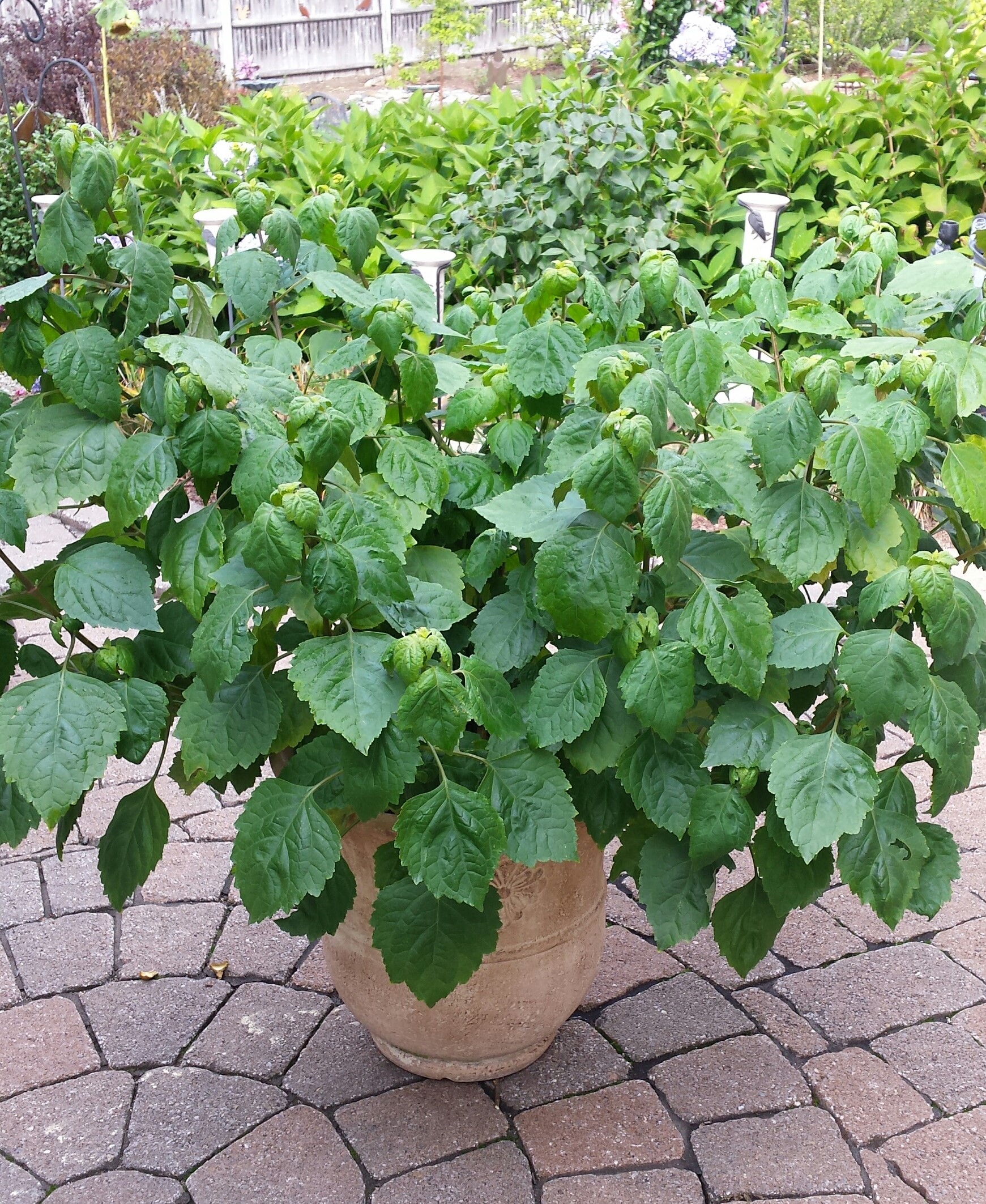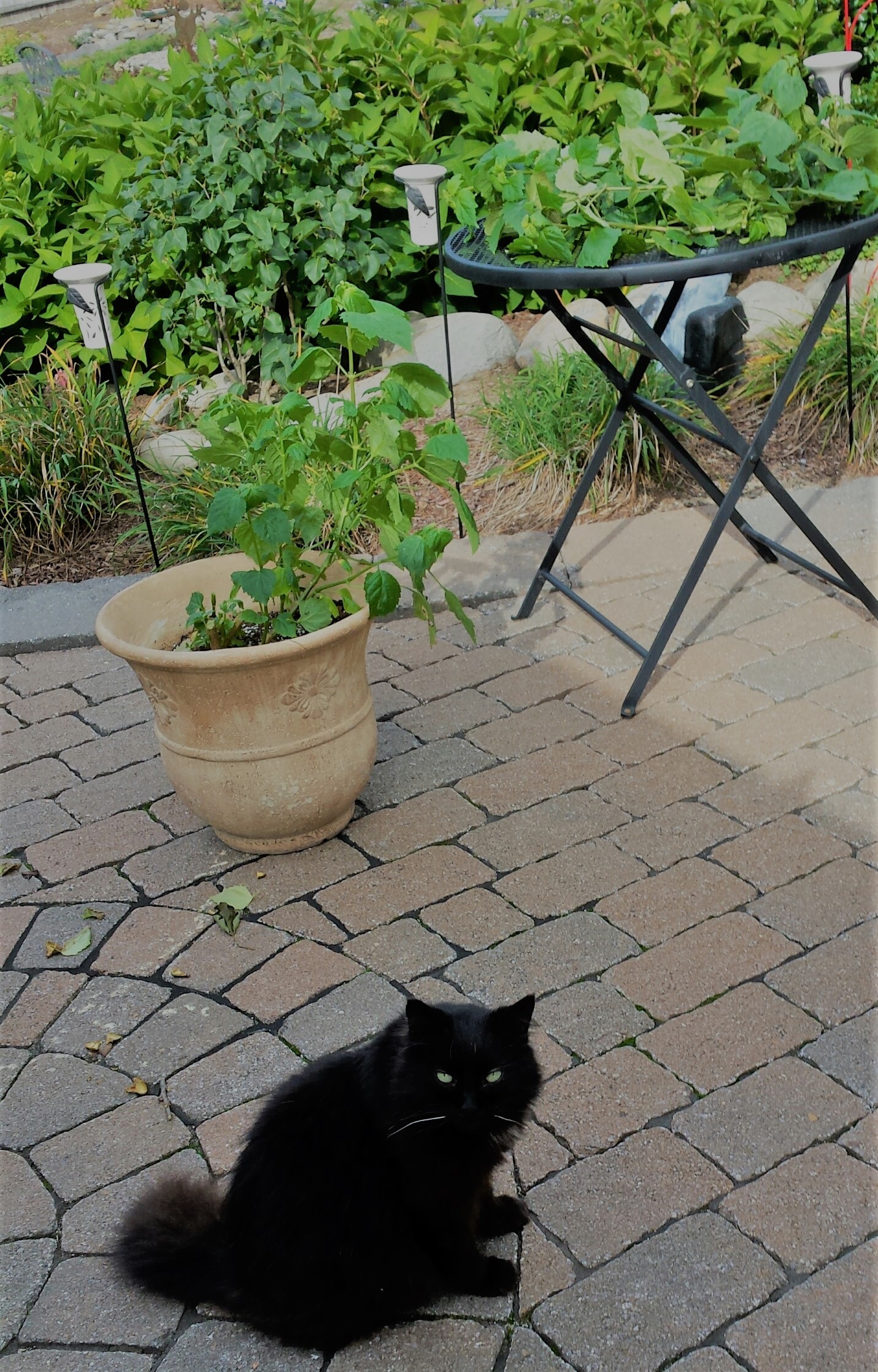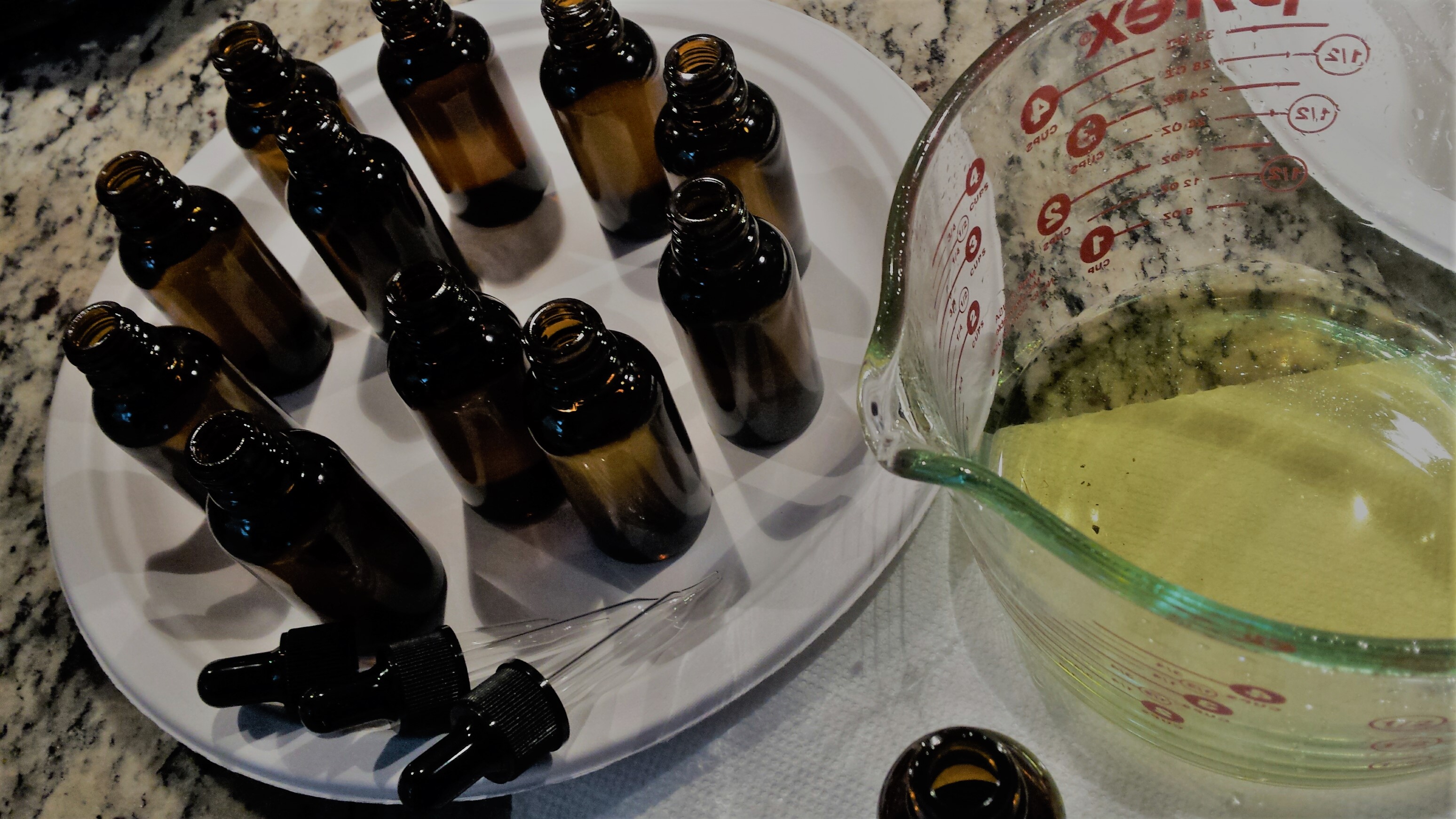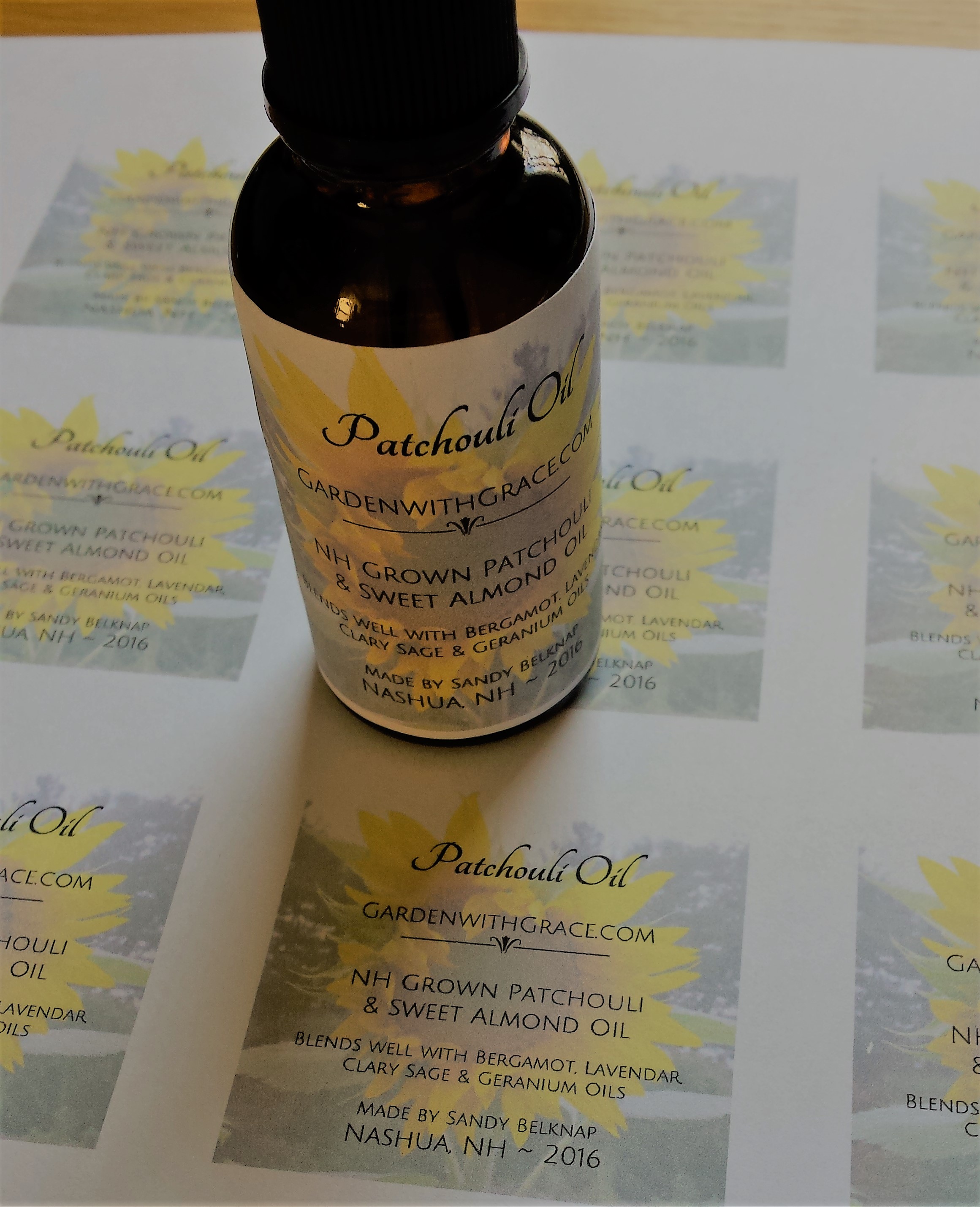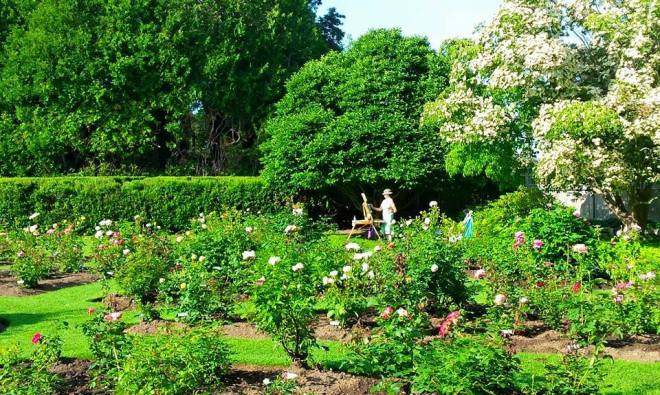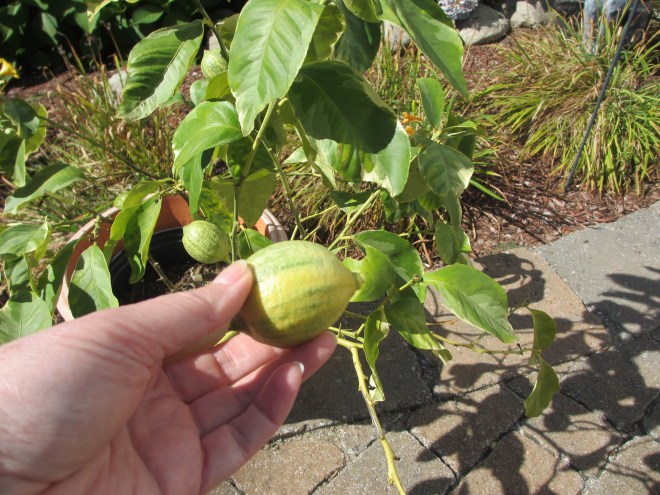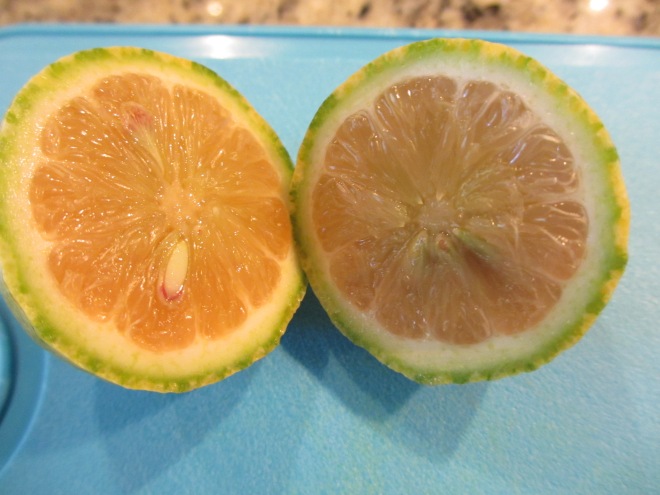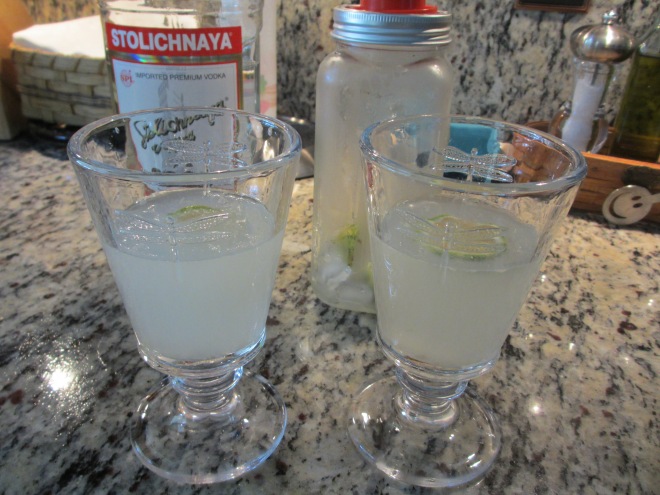It’s been over a year since my last garden post. And, while I have about a dozen stories in draft form in my head, I’ve had too many distractions to actually sit down to write. Thankfully, the bluebirds have returned for the third consecutive year. And another spring has sprung in New England.
This year’s season of renewal also marks a year since the sudden passing of my mother. I’d shared many stories about gardening with her over the past decade and while she disliked attention, she loved reading my Garden with Grace blog. She was especially touched with a post I wrote at the end of the summer of 2020, Finding Church in the Garden. I’m so glad I wrote that story while mom was still here. It’s a reminder to pay tribute to the living.
Over the past 12 months, I’ve been fortunate to have my garden as a place to experience and work through my grief. It was a feeling I’d never experienced before and is difficult to put into words. There’s a saying that “grief is love with no place to go.” While I somewhat understand that, it recently hit me that my grief went right where it needed to go – back into the garden.
Just one year ago, during the spring of 2021, there was still a lot of isolation due to Covid-19 . Vaccines were just starting and people weren’t yet gathering together in groups. A mild spring was a huge relief as it allowed me to have friends visit in the garden. This was very much needed since there were no formal services after my mother’s death.
One of those visits was on a cold afternoon just before Memorial Day weekend. My friends Marjorie, Elise, and Liz came over for a ‘garden tour’ and Friday afternoon cocktails on The Porch. It was Elise’s first visit to my garden and she really took interest in my focus to remove a manicured lawn and create a welcoming space for wildlife and pollinators.
Elise is one of those friends whom I haven’t known for long, and don’t see often, however, we have a connection to one another through a shared network of wonderful people across our community. She is the reason I finally have a new blog post this evening.
A few weeks ago, she asked if she could create a video using photos from my Garden with Grace Instagram account. Elise is the music director at a local church and wanted the video as a project to celebrate spring. I was honored to be asked to participate. On Earth Day 2022, Elise and I chatted via a recorded Zoom call for over an hour.
Rather than tell you what we discussed, you are invited to listen and watch for a 7 minute recap of our hour+ conversation. I hope you enjoy Elise’s work as much as I do!

